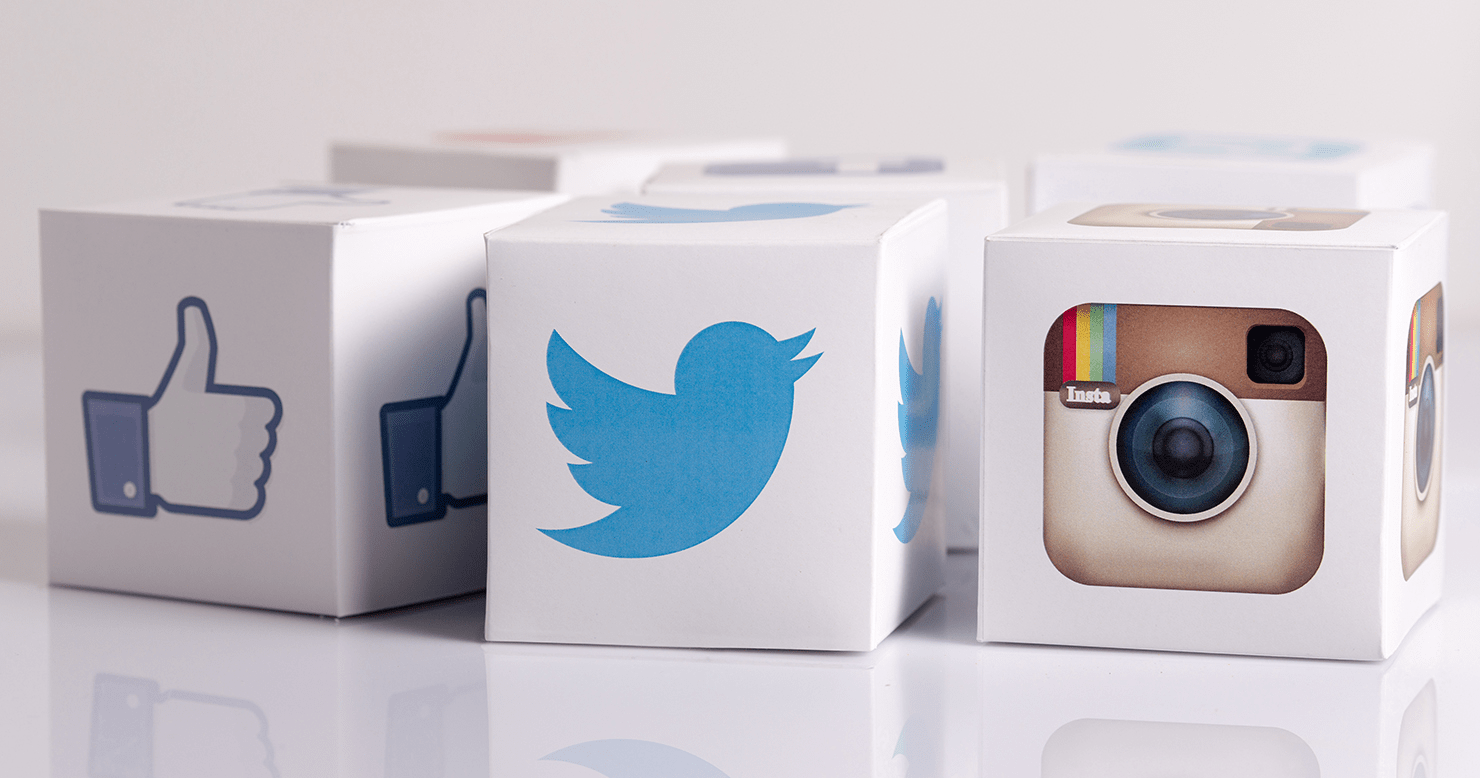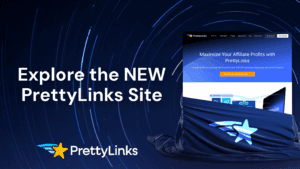Contents
A strong linking strategy is one of the best ways to promote your brand, and it’s especially effective on social media. However, by adopting a similar approach to each platform, you may hamper your efforts to win business.
Each social media platform has specific purposes, strengths, and demographics, so it’s important to keep these differences in mind when planning your strategy. If optimized correctly, you can earn benefits such as an increase in website traffic and an improvement in returns.
In this post, we’ll offer linking tips for the most popular social media platforms – Facebook, Twitter, and Instagram. You’ll also learn the purpose of each platform, and how you can optimize your links for each with the help of PrettyLinks. Let’s get started!
Why You Should Have a Social Media Linking Strategy

A linking strategy is simply a plan for optimizing your links. It can be implemented for a business of any size, and is an important aspect of your brand’s image. While a linking strategy can be used all over the internet, social media is especially fruitful for a few reasons, such as:
- Increased website traffic due to optimally placed links.
- Improved brand awareness across your social media platforms.
- Enhanced visibility of your social media profiles on Search Engine Results Pages (SERPs), due to branded links.
With an active social media presence, you can prominently place your brand in front of potential leads. This is (of course) good news for boosting conversions (such as purchases and email newsletter sign-ups).
How to Implement an Effective Linking Strategy on Social Media (In 3 Ways)
While a linking strategy can be used across all of social media, you’ll need to tailor it to your specific platform. Let’s now show you how to implement a linking strategy on three of the most popular social sites.
1. Use Facebook to Introduce Yourself and Your Products

Facebook is by far the most popular social media platform available, with 68% of US adults actively using it. This means if you want to reach a lot of people, this platform could be the way to do it.
Although the platform is popular, you’ll still need to concern yourself with targeting the right people. Facebook’s ads help businesses improve their visibility and reach, and there are three tips we recommend to maximize your conversions:
- Always include a visible link. Facebook gives you the option to remove the link from your post, but it’s best to keep the link. This can improve click-throughs significantly.
- Keep your link description brief. Research shows that about 15 words is the ideal length of your ad’s link description.
- Use media to grab your readers’ attention. Visual content is more likely to be shared, and it’s looked upon more favorably by Facebook.
Additionally, you may also want to offer free content on occasion if your primary business asks for payment. This can tempt followers to look more regularly at your feed for both free content and product or service advertisements.
2. Use Twitter to Encourage Interaction/Engagement

Twitter is a popular platform that’s composed entirely of 140-character limit ‘tweets’, which are seen by both direct followers and anyone who engages with them. Overall, it’s an effective platform for encouraging audience interactions.
Interestingly, link clicks account for 92% of all user interaction with tweets, meaning you simply can’t afford to ignore Twitter as a platform. Fortunately, getting started with Twitter is simple:
- Use shortened, pretty links within tweets. This saves space while also promoting your brand. Even with the newly-tested 280-character limit, space will still be a precious commodity.
- Include a full link in your bio. For best results, link directly to a landing page or your latest blog post (and be sure to include a Call To Action (CTA)!).
You can easily create shortened, Twitter-friendly links by using the PrettyLinks plugin. In addition, you should also set regular time aside (such as each day) to engage with your followers. Frequent interaction – in the form of shares, likes, and replies – will help to increase your followers and further boost natural engagement.
3. Use Instagram to Build Brand Awareness

Instagram is a photo-based social media platform – owned by Facebook – and 28% of US adults actively use it. While this is significantly less than Facebook’s 68%, there’s one major reason to get your brand on Instagram – engagement.
Brands on Instagram see a 4.21% per-follower engagement rate, which is nearly 60 times higher than on Facebook, and around 120 times higher than on Twitter! To leverage this platform and bring more awareness to your brand, you’ll want to follow these three tips:
- Add a Pretty Link to your bio. Doing this will ensure that it’s prominent to visitors, and they will know it’s connected to your brand.
- Use a deep link to your website. Instead of a link to your website or blog’s home page, link to a product page or specific blog post. Of course, you can change this as often as you’d like.
- Use high-quality images. As a photo-focused platform, the quality of your images matters as much as the content in your captions.
Finally, while you can’t link within your captions, you can make mention of your bio link within your posts, which can help drive more traffic to your website.
Conclusion
Social media marketing is a crucial part of any brand. To boost your efforts – and improve organic traffic to your website – a solid linking strategy is your best tool. However, the various social media platforms will all need a different approach to how you use links to help maximize conversions.
In this post, we’ve discussed the importance of a social media linking strategy. We’ve also discussed the three major social media platforms, and offered some advice for employing effective linking. To recap:
- Use Facebook to introduce yourself and your products.
- Use Twitter to encourage interactions and engagement.
- Use Instagram to build brand awareness.
Do you have any questions about creating your own social media linking strategy, or how PrettyLinks can help you implement one? Let us know in the comments section below!









Leave a Reply